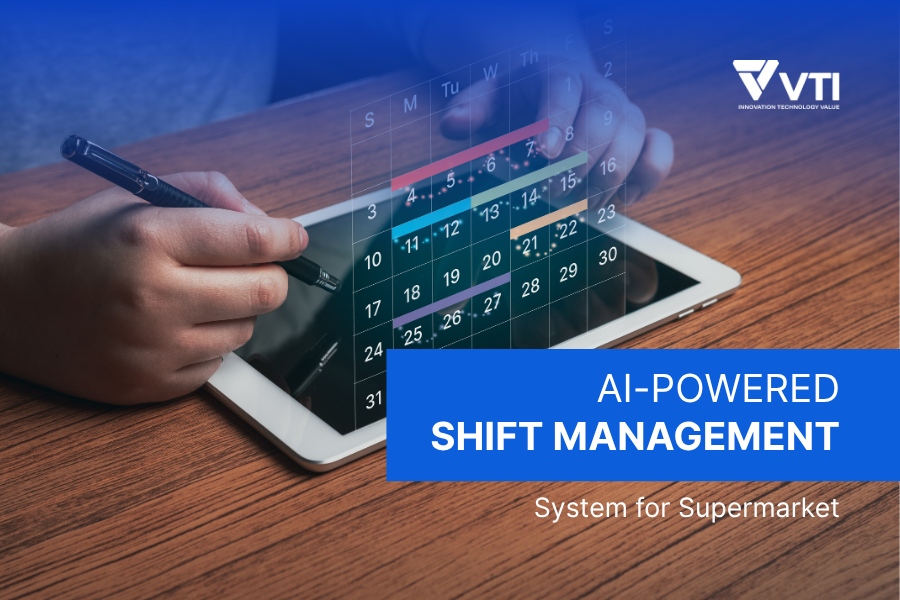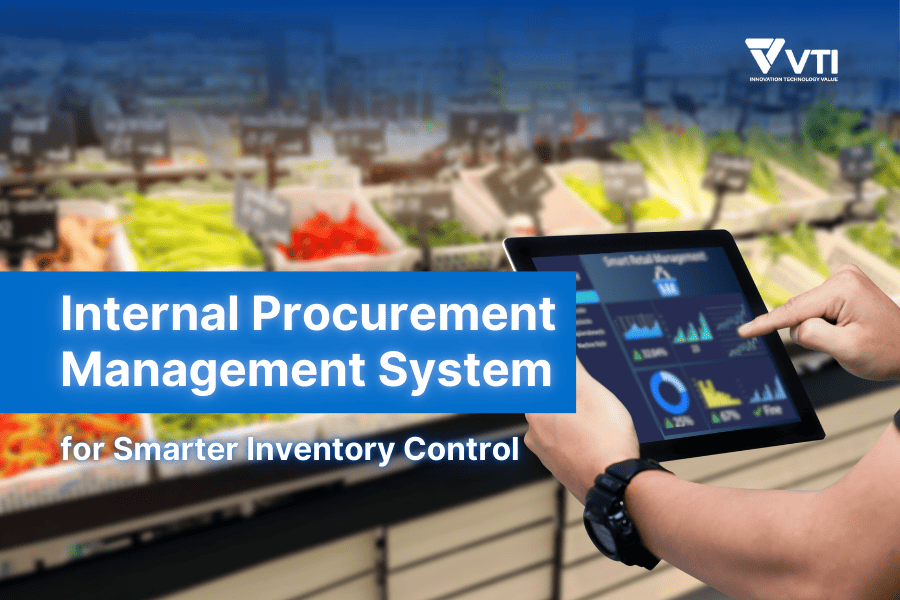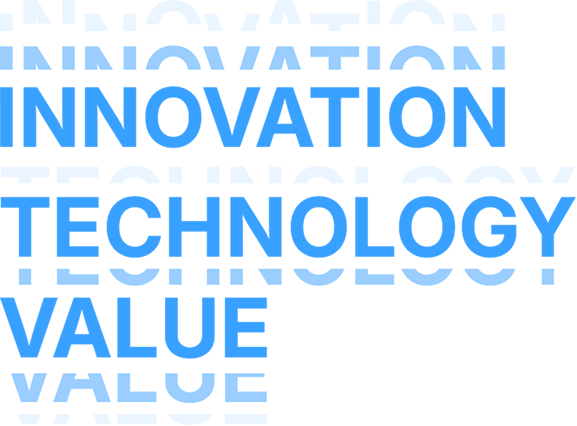Agile-Scrum in Real Estate refers to applying agile project management and iterative development practices to property-related projects. It helps real estate teams respond quickly to market changes, improve collaboration across stakeholders, and deliver tech solutions—like listing platforms or CRM systems—more efficiently. This approach helped VTI build an online real estate platform tailored to the premium property market in Japan for a technology real estate company
Launched in 2016, the system comprises two main components: Mypage (for users) and MS-Web (for administrators). With a user base of 40,000 for Mypage and 400 administrators for MS-Web, the system integrates advanced functionality to facilitate property transactions, including AI-based pricing, cash flow tracking, and consultation support.
Customer’s Requirements: System Features
- MS-Web: Empowering Search and Administration
The MS-Web platform allows users to search for buildings, rental properties, or properties for sale. They can also send it inquiries to express interest in buying, renting, or selling properties. Additionally, it showcases a list of the 100 most-viewed buildings, helping users make informed decisions based on popularity.
For administrators, MS-Web serves as a robust management tool. Admins oversee access control to ensure data security, manage featured properties to highlight prime listings and integrate third-party systems like ItandiBB for seamless data synchronization. These capabilities make MS-Web a comprehensive solution for property management and user interaction.
- Mypage: Property Management
Mypage empowers individual users by offering tools for property management and transaction tracking. Users can register properties they own and obtain AI-driven pricing estimates for sales or rentals income or the proceeds from selling a property.
The platform includes features to manage buying and selling preferences. Users can request offers, track the status of transactions from inquiry to contract signing, adjust prices, or consult directly with advisors. Additionally, Mypage provides educational content, notifications, and personalized search features, enhancing the user experience.
For administrators, Mypage includes management features for user data, property listings, and promotional campaigns. Admins can oversee chat interactions, upload banners, and monitor user engagement with the platform’s various tools.
Implementation Challenges: Overcoming Complexities
The Agile-Scrum in Real Estate project faced several significant challenges, including:
- Complex batch processes: The system comprises numerous complex batch logic, processes requiring extensive research and trial runs. Therefore, the VTI team must analyze and test each batch in the Dev environment to ensure security.
- Third-party system integrations: Frequent API calls to services like Resony and ItandiBB posed risks to performance. The project team has conducted load testing to optimize API calls and minimize their impact.
- Multi-project coordination: Integration of backend, frontend, and infrastructure posed technical challenges. To address this, VTI has requested comprehensive setup and build documentation from the customer to standardize workflows.
VTI’s Approach: Strategic Agile-Scrum Implementation
Phase 1: Understanding and Setting the Groundwork
- System exploration: A team comprising SA, PM, BA, and BrSE conducted a thorough study of system requirements, infrastructure, and communication channels.
- Environment setup: Deployed the system locally and gained control over the customer’s AWS Dev and Staging environment.
Phase 2: Agile Development in Action
- Sprint planning: Tickets were assigned from the Product Backlog by BrSE
- Daily meetings: Continuous discussions to resolve issues and ensure smooth progress.
- Development process:
- Requirement analysis: Created SRS and test cases based on customer documentation.
- Coding: Estimated timelines, coded features, and performed unit tests.
- Testing: Conducted integration (IT) and user acceptance testing (UAT)
- Sprint review and retrospective: Evaluated progress and identified areas for improvement.
Technology Stack and Project Framework
Technology Stack
- Coding Language: Ruby
- Others: AWS/React/VueJS/Ruby on Rails Framework
Project Scale
- Team size: 14 members
- Duration: 10/01/2023 – 09/30/2024
- Outsourcing model: Offshore and onshore collaboration
- Software model: Task-based
- Methodology: Agile-Scrum
Delivering Success through Ruby and Agile – Scrum in Real Estate with VTI
The use of Ruby on Rails brought speed and efficiency to the development process, with its philosophy of “Convention Over Configuration” and a rich ecosystem of gems, RoR reduced development time by 50% compared to other frameworks. Combined with Agile – Scrum, which ensured iterative development and continuous feedback, the team managed to reduce feature delivery time while maintaining high code quality.
Contact us today if you’re ready to take your project to the next level. Let’s turn your ideas into reality, faster, smarter, and more efficiently than ever before!
![[FREE EBOOK] Strategic Vietnam IT Outsourcing: Optimizing Cost and Workforce Efficiency](https://vti.com.vn/wp-content/uploads/2023/08/cover-mockup_ebook-it-outsourcing-20230331111004-ynxdn-1.png)




